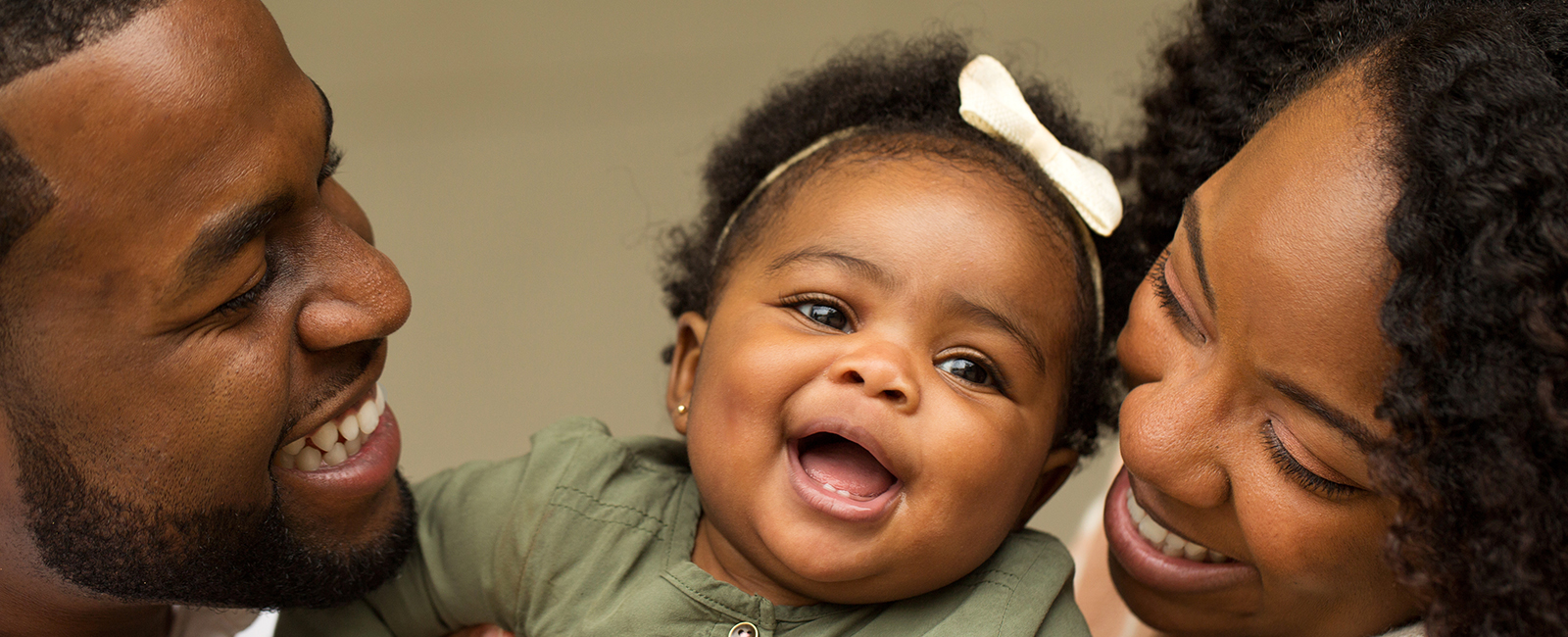Local leaders look at racial equity in the public and private nonprofit sector — both in who we are and who we serve
Northern Virginia is a racially and culturally diverse region, in which almost half the population is Hispanic or non-white, and one-quarter is foreign born, according to the U.S. Census Bureau. As home to three of the top 10 richest counties in the nation, as well as the city of Falls Church, it is also an incredibly prosperous region. But that wealth can mask the challenges many of our neighbors face, including access to quality housing and public resources such as transportation, and racial inequity.
The Potomac Health Foundation, a leader in our community for convening partners on issues affecting health, recently hosted a three-part community conversation for Prince William County leadership in the public and nonprofit sector entitled, “Racism & Health Equity.” In Prince William County, according to 2017 Census estimates, approximately 42 percent of the population is white (non-Hispanic), 22 percent is black, 23 percent is Hispanic, 9 percent is Asian, 4 percent is multiracial, and 1 percent are American Indian or Pacific Islander.
The series culminated with a panel, featuring Briana Sewell, director of Rep. Connolly’s Prince William County office; Maria D. Burgos, supervisor of global learning & culturally responsive instruction for Prince William County Public Schools; and Andrea Eck, NVFS executive vice president of programs. The panel addressed racial equity within nonprofit leadership as well as how critical the conversation on racial equity is to how nonprofits operate.
“There is a risk in assuming, because of the work we do as human service nonprofits, that we always get it right,” Eck indicated.
It’s important for nonprofits, government or any organization to take a closer look in the mirror, and evaluate the diversity of their clients, their employees and their leadership to determine what is being done well, where their organizations can improve, and what barriers may be preventing people from seeking help and moving forward.
“We’re finding the places where we’re successful,” noted Eck. “But we’re also looking for opportunities to improve.”
Consider the following questions as a starting point to begin the conversation both externally and internally:
- Is your greatest diversity in the clients that you serve? If so, how are you including them in conversations on needs and interventions in the communities we seek to serve?
- Does who you serve change how you provide services? Have you considered what, if any, barriers certain demographics may face in seeking different services?
- Do the demographics of your volunteers and donors reflect the community you serve?
- Are your employees able to see themselves in your principles? Is the language or messaging you use to communicate your efforts understood universally by your employees?
- If equity is important to your organization, is it reflected in your strategic plan, and other organizational values and goals?
“When you are trying to affect change and move the needle in our region on health inequity, social injustice, and racial inequality, it is important that all of those involved have a common language to ensure we are on the same page as it relates to the issues,” added Ondrea McIntyre-Hall, NVFS director of health access & nutrition services. “This recent learning series has helped to provide a needed dialogue for stakeholders in the Prince William community to be effective partners individually and collectively as we seek to tackle disparities and structural racism together.”
You may also like:
14 Questions to Determine Your Health and Well-Being


